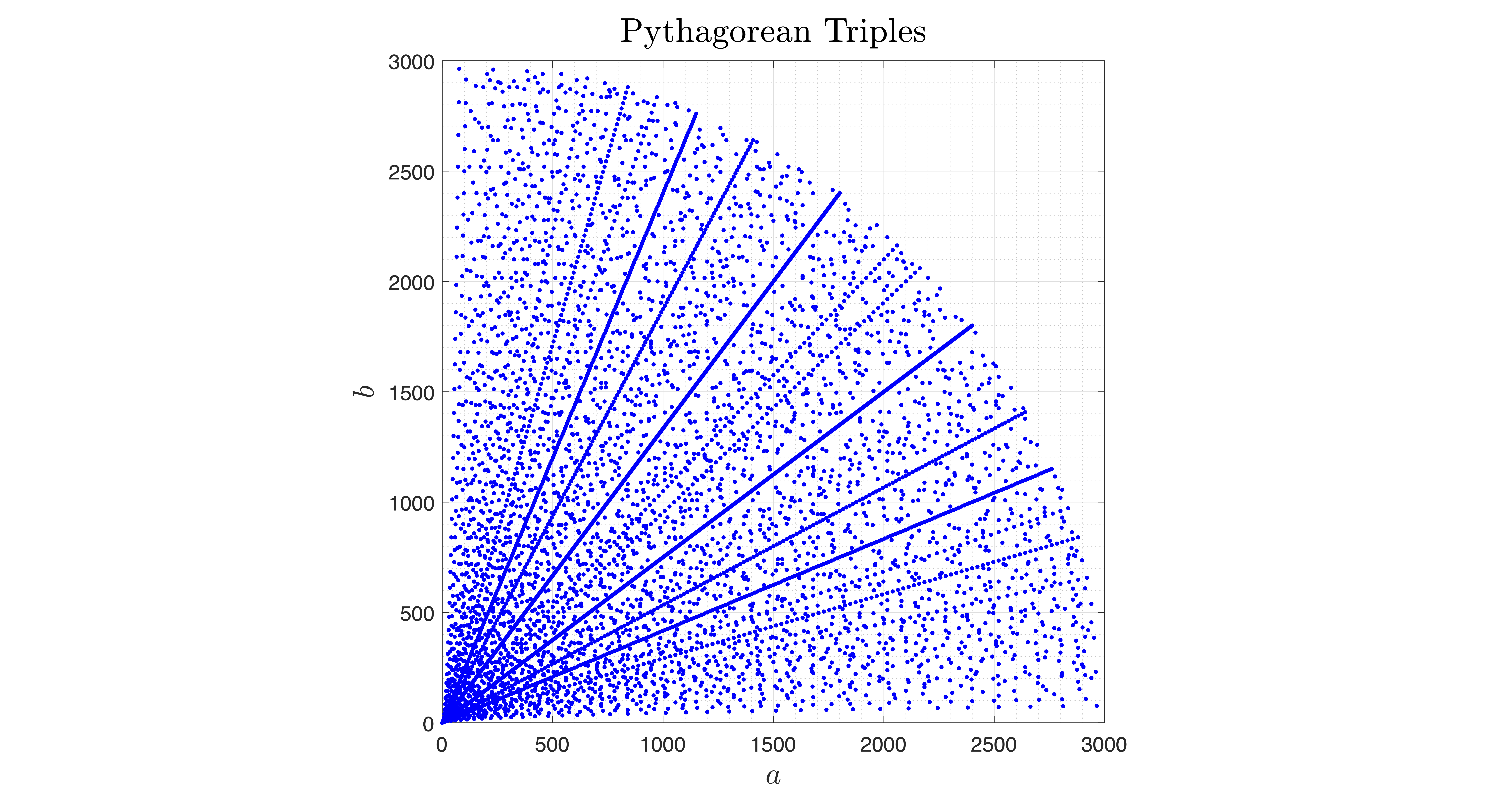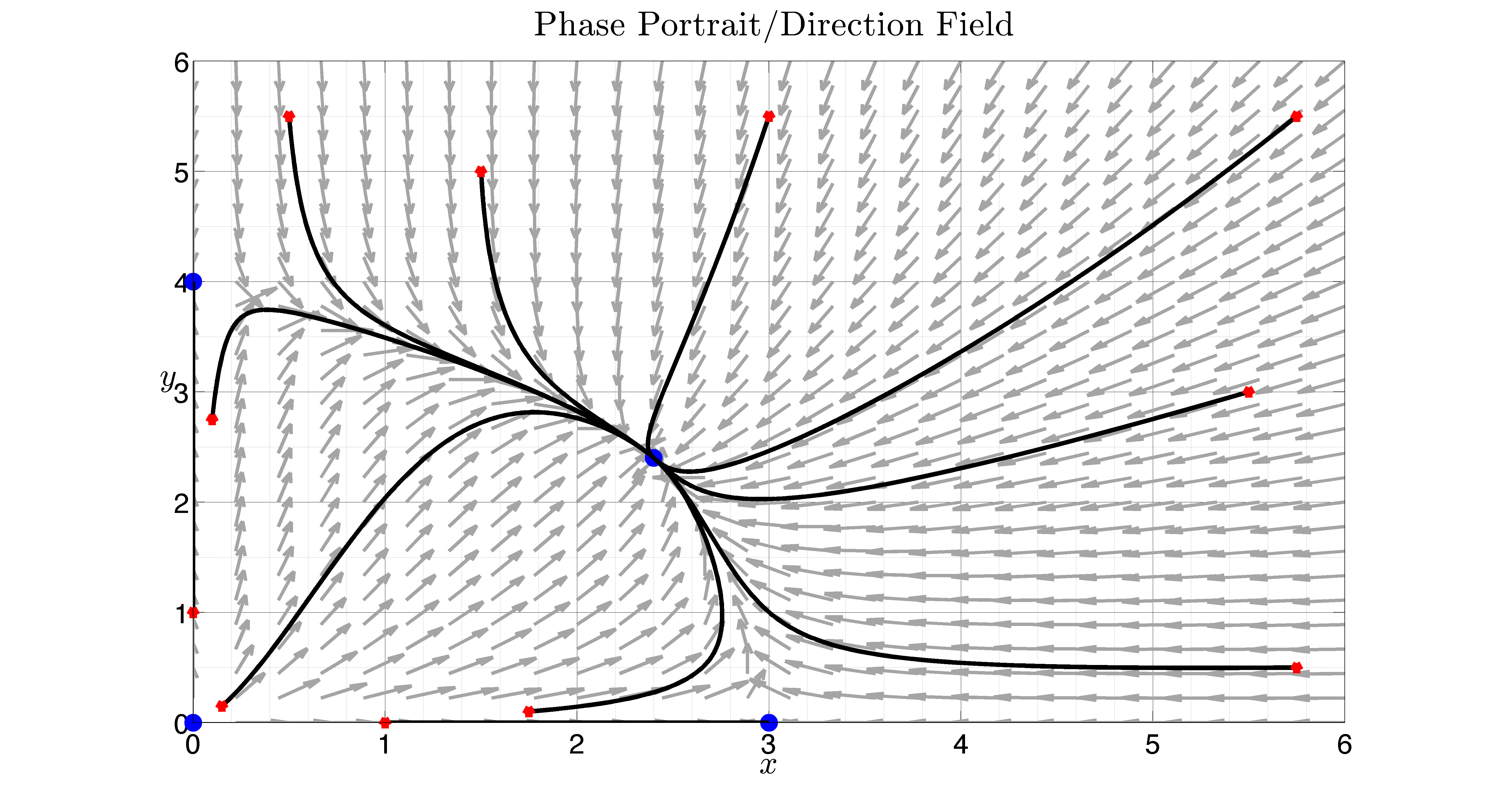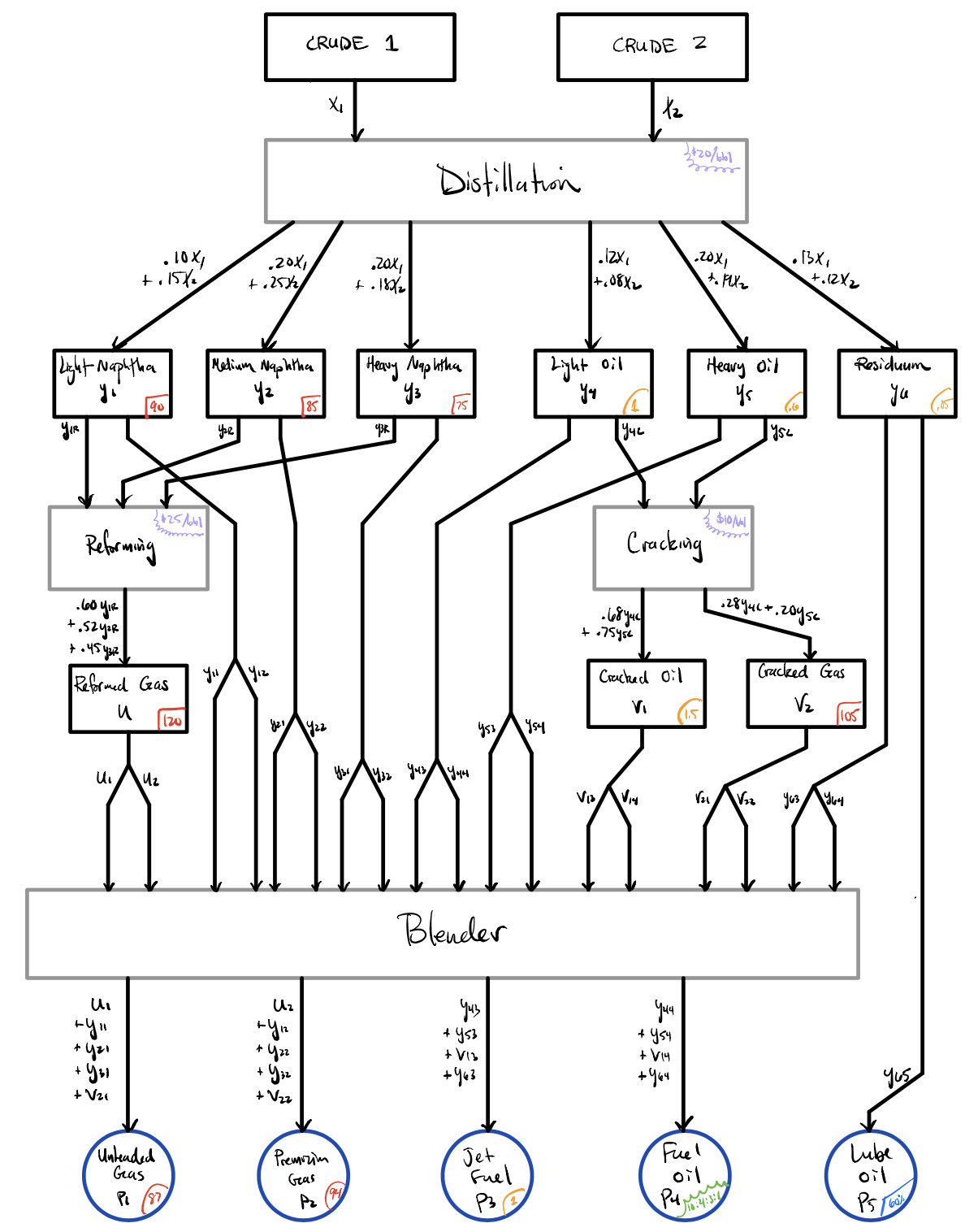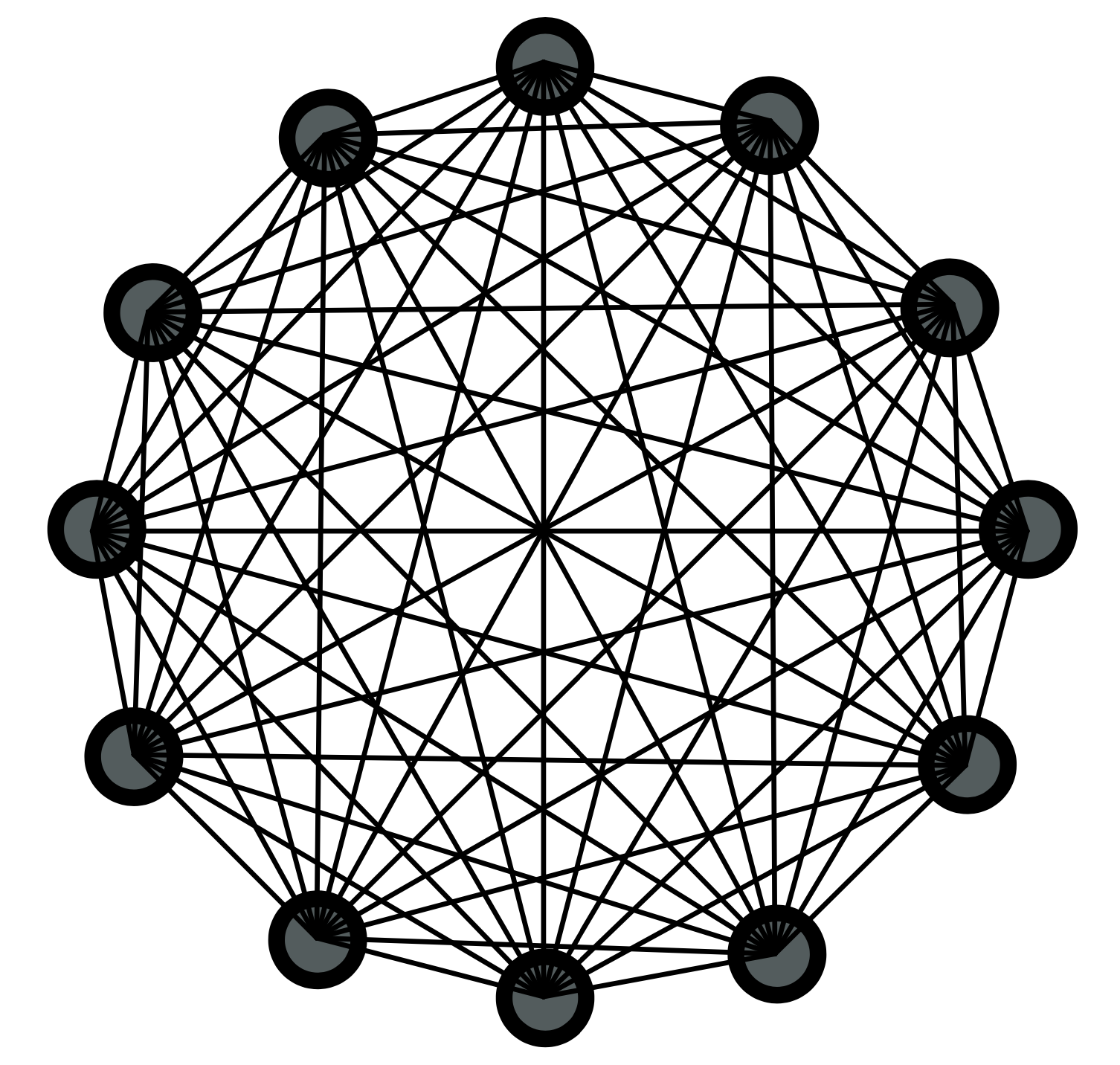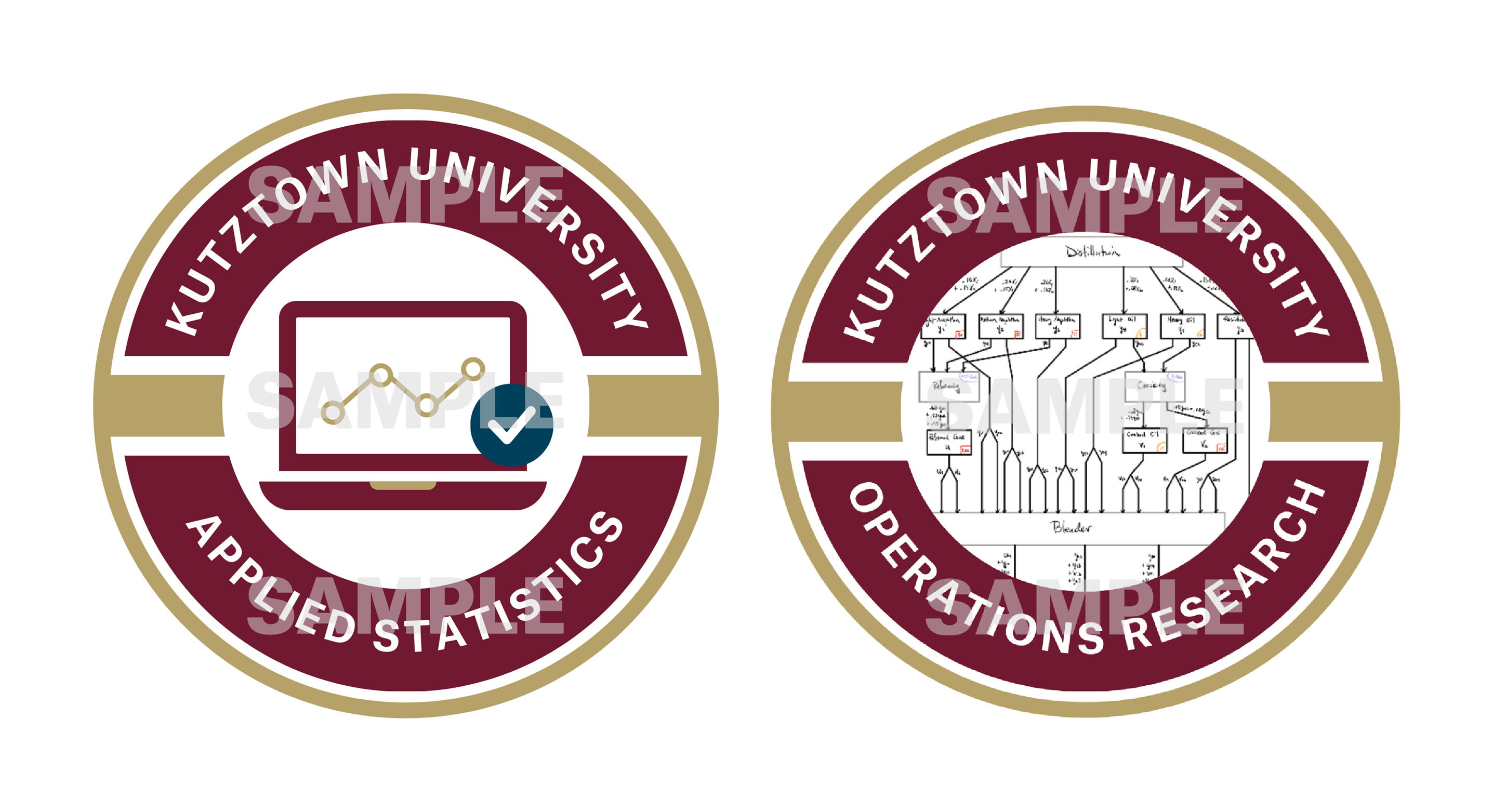B.S. in Mathematics
Program Guide, Checksheet, and Suggested Course Sequence for students who declared a KU math major in Spring 2024 or later
Checksheet & Suggested Course Sequence for students who declared a KU math major between Fall 2018 and Fall 2023
Checksheet & Suggested Course Sequence for students who declared a KU math major before Fall 2018
The Department of Mathematics offers a broad range of courses, which provide a solid preparation for students with a wide spectrum of needs: from those who wish to pursue further studies in mathematics or related subjects, to those who wish to find highly-rewarding jobs in the industry.
Our program provides a solid array of courses from applied mathematical sciences and pure theoretical mathematics. A B.S. in mathematics comes with an applied or pure specialization, with a mixture of essential courses from both branches in the core component of the major. Below, we provide a small gallery of several courses from each specialization to give an idea of the type of mathematics that students encounter at KU.









